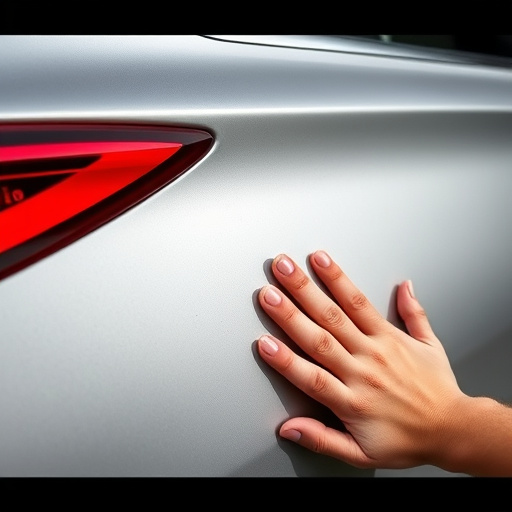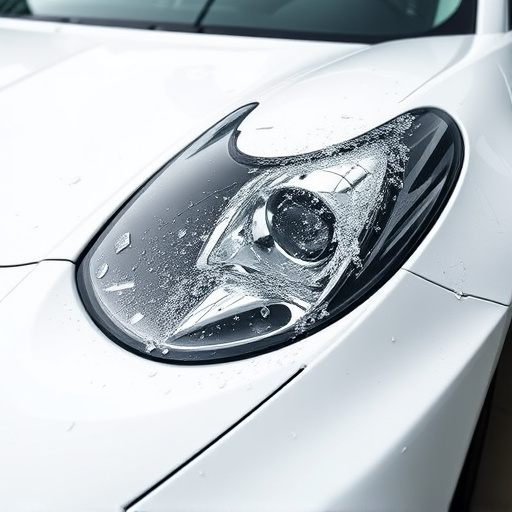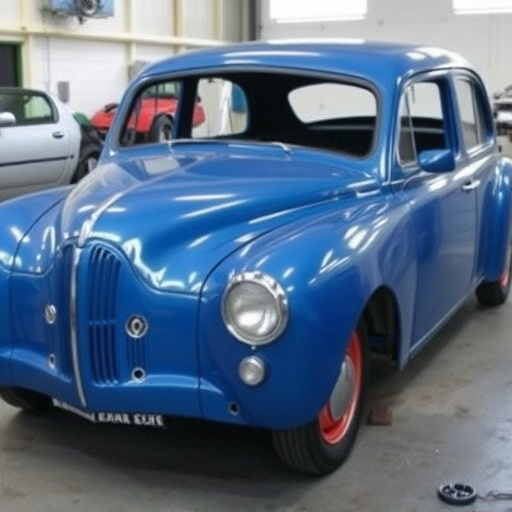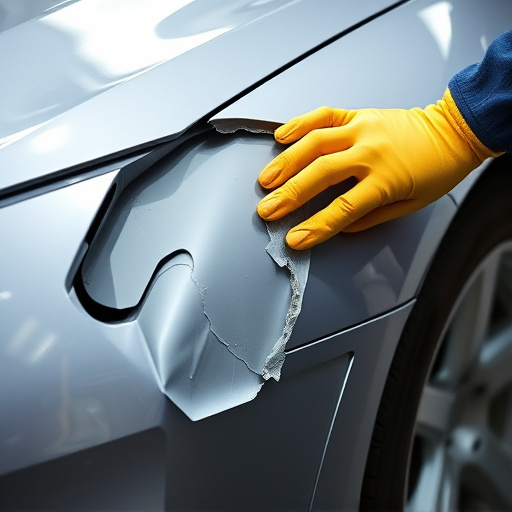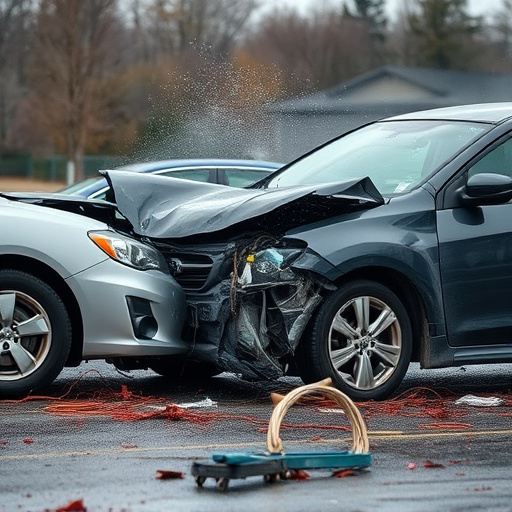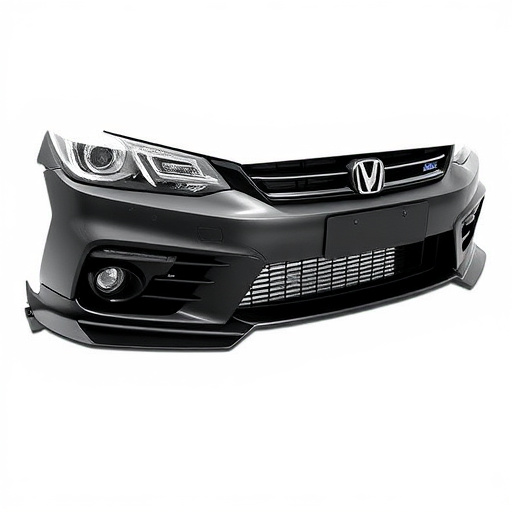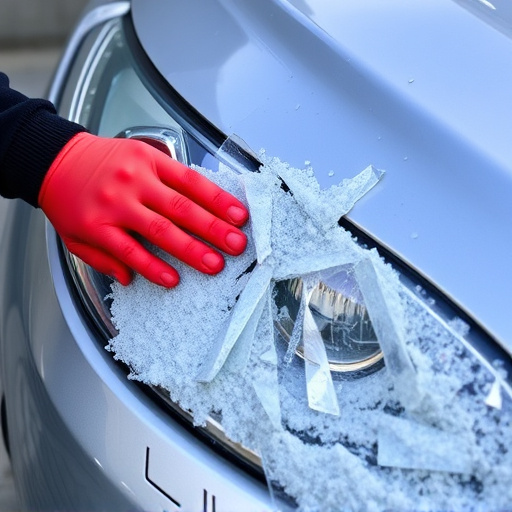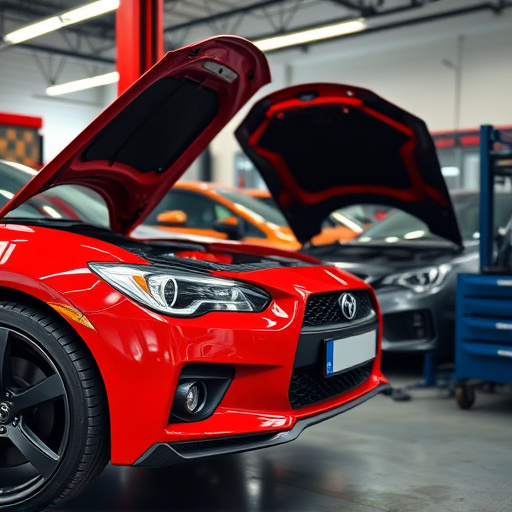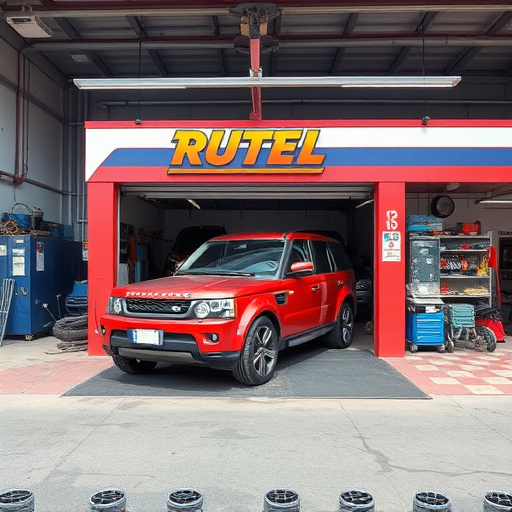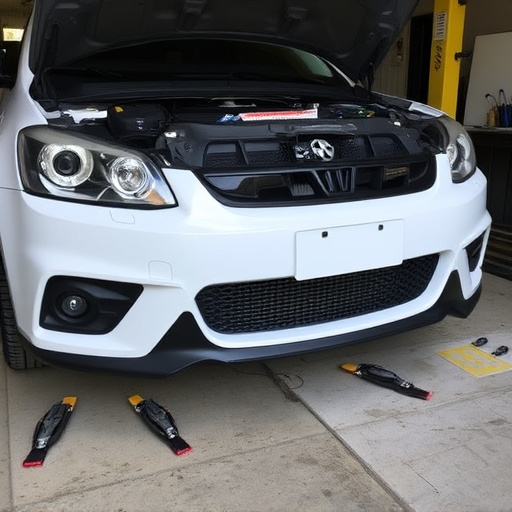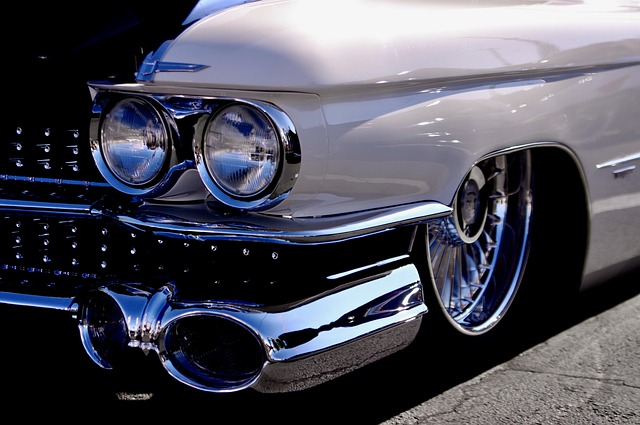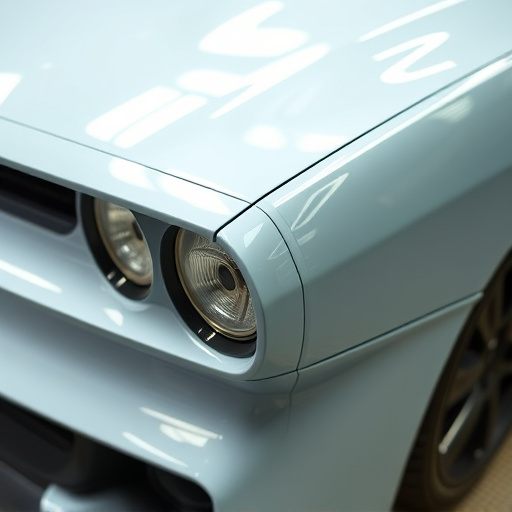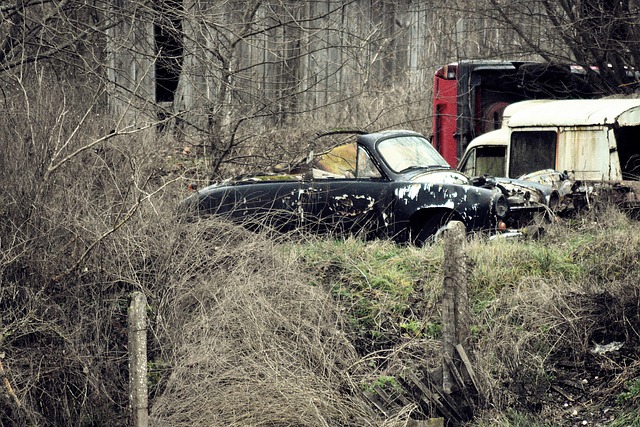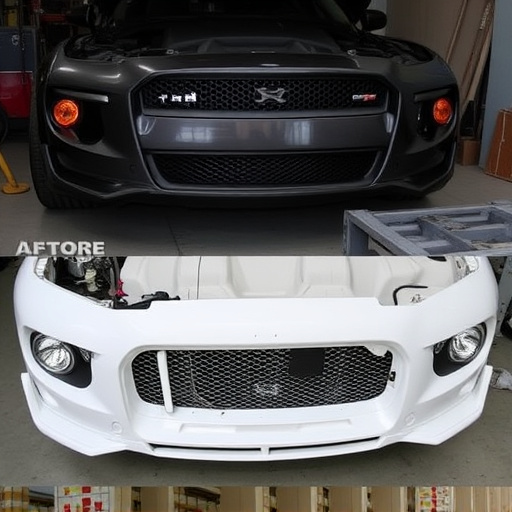Vintage vehicles, lacking modern safety features, pose unique challenges in collision repair due to historical value and distinctive design. Specialized car bodywork services, employing skilled technicians, meticulously restore these older models while preserving their original aesthetic. After a crash, the focus is on structural integrity and passenger safety, integrating advanced safety components discreetly while meeting modern standards. Comprehensive assessment, precise repairs, meticulous paint work, and auto detailing ensure vintage vehicles are both safe and authentically restored for future journeys.
In the realm of automotive restoration, modernizing vintage vehicles post-collision presents a unique challenge. These classic cars, with their intricate designs and historical significance, demand meticulous care during modernization efforts. This article delves into the critical safety standards that bridge the gap between preserving vintage vehicles’ original charm and implementing enhanced security measures to mitigate risks in the event of a collision. Understanding these considerations is pivotal for restorers aiming to navigate this delicate balance.
- Understanding Vintage Vehicles and Their Unique Safety Considerations
- Modernization Processes: Balancing Preservation and Enhanced Safety
- Post-Collision Restoration: Ensuring Structural Integrity and Passenger Security
Understanding Vintage Vehicles and Their Unique Safety Considerations
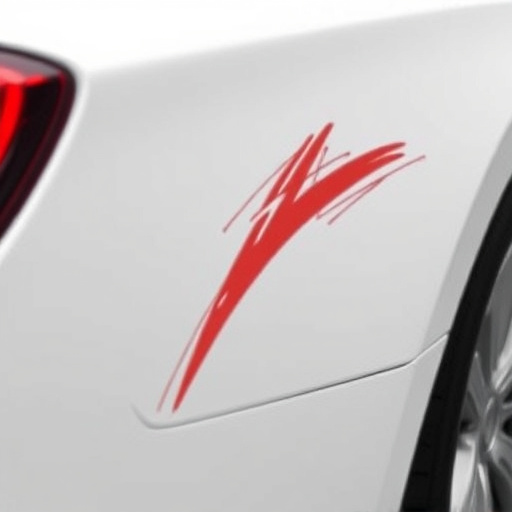
Vintage vehicles, with their classic charm and historical significance, present a unique set of challenges when it comes to safety standards, especially after a collision. These older models often lack modern safety features such as advanced airbag systems, anti-lock braking mechanisms, and crumple zones—all standard in contemporary automobiles. In the event of an accident, their fragile construction and design can make them more susceptible to damage, affecting both structural integrity and passenger safety. Restoring these vehicles requires a delicate balance between preserving their original aesthetic and ensuring they meet modern safety criteria.
Specialized car bodywork services and collision repair centers cater to this niche market, offering expertise in vintage vehicle collision repair. Skilled technicians employ specialized techniques and materials to mend the car’s body while maintaining its historical accuracy. This meticulous process involves precise measurements, custom fabrication, and careful restoration of components, ensuring that the vehicle not only drives safely but also retains its classic beauty. Understanding these unique safety considerations is paramount in the successful modernization of vintage vehicles post-collision.
Modernization Processes: Balancing Preservation and Enhanced Safety
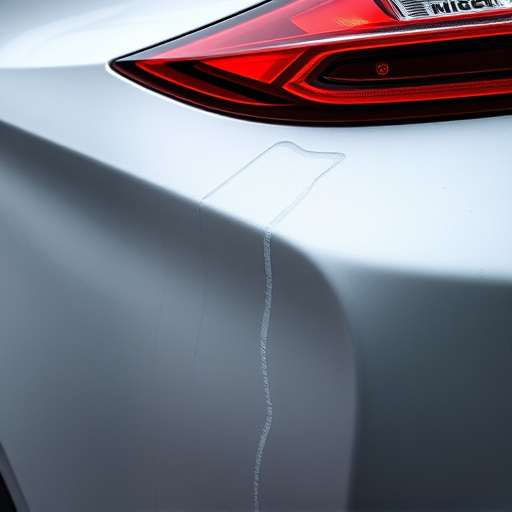
Modernizing a vintage vehicle after a collision is a delicate process that requires a careful balance between preserving the original aesthetic and enhancing safety features. While some enthusiasts might prefer a spotless, original restoration, many modern drivers demand improved safety standards. Auto repair shops specializing in vintage vehicles must strike a chord between these two preferences.
One of the key aspects involves repairing or replacing damaged components while maintaining the vehicle’s historical integrity. This could include car paint repair to restore its former glory, but also integrating newer safety features discretely. For instance, adding advanced airbags or reinforcing the chassis without compromising the vintage look is a challenging yet rewarding task for skilled mechanics. The goal is to create a harmonious blend of old and new, ensuring both the authenticity of the vehicle restoration and the peace of mind of its occupants during future drives.
Post-Collision Restoration: Ensuring Structural Integrity and Passenger Security
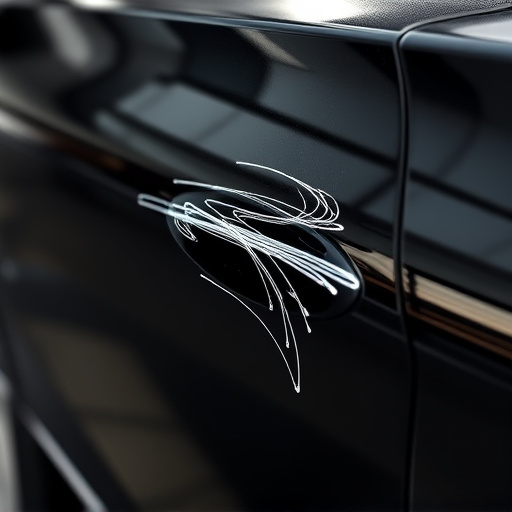
After a vintage vehicle collision, the first step in restoration is ensuring structural integrity and passenger security. This involves a thorough assessment by qualified mechanics to identify any critical damage to the chassis, frame, and safety features like seat belts and airbags. Repairs must adhere to modern safety standards while preserving the vehicle’s historical authenticity as much as possible.
Post-collision restoration includes meticulous vehicle paint repair and auto detailing to restore the external aesthetic appeal. Skilled technicians balance the need for precision with the desire to maintain the vintage character of the car. In a collision repair shop, experienced mechanics use advanced tools and techniques to realign components, replace damaged parts, and reinforce weak spots, all while prioritizing passenger security in case of future accidents.
Modernizing vintage vehicles after collisions requires a delicate balance between preserving historical integrity and enhancing safety standards. Understanding the unique considerations of these classic cars is essential for restorers. By employing advanced technologies while carefully navigating structural repairs, it’s possible to restore vintage vehicles to their former glory while ensuring passenger security. This meticulous approach not only preserves automotive history but also creates a safer experience for modern drivers.
